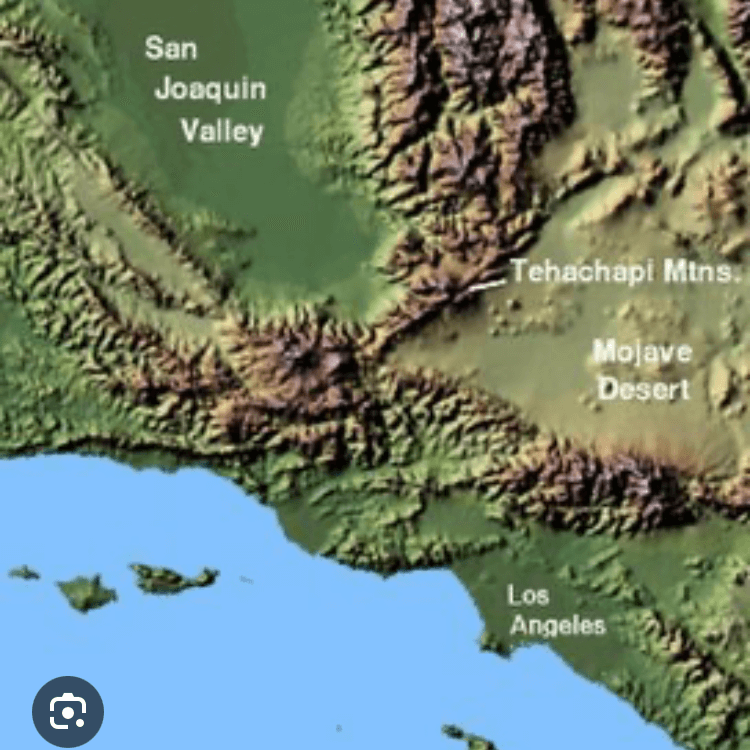Los Angeles County
Judge Deals Another Blow to Tejon Ranchcorp Project
LOS ANGELES— A judge has ordered Los Angeles County to set aside its approval of Tejon Ranchcorp’s Centennial, a sprawling housing development that would bring 57,000 residents to the fire-prone outskirts of the county. The ruling by Los Angeles Superior Court Judge Mitchell Beckloff directs the county to set aside the environmental review and all approvals related to the project.
Press Release, Center for Biological Diversity March 2023.
Superior Court Judge: Hon. Mitchell L. Beckloff stated: ”…as the EIR’s mitigation discussion is flawed, the County improperly adopted a statement of overriding considerations; and (d) the EIR’s conclusion wildfire risk impacts outside of the Project site will be reduced to less than significant is not supported by any analysis.”
Tejon Ranch is in the arid mountainous region of the Tehachapi Mountains
A field of wildflowers is seen on the site of the proposed Centennial development in Los Angeles Co.
Los Angeles County Board of Supervisors continue to approve sprawl projects in high-wildfire zones. In 2018, the board approved the 19,000-home Centennial development in high and very high fire-hazard severity zones in the remote Tehachapi Mountains of northern Los Angeles County (Agrawal, LA Times, December 2018). Between 1964 and 2015, CalFire documented 31 wildfires larger than 100 acres within five miles of the 12,000-acre development site. In 2019, the board approved the 3,150-home Northlake development in a very high fire-hazard severity zone. Multiple fires have burned the Northlake project footprint over the last few years.
This is a trend that’s likely to continue throughout the greater Los Angeles region. The Southern California Association of Government’s Regional Transportation Plan (SCAG 2020), which covers Imperial, Los Angeles, Orange, Riverside, San Bernardino and Ventura counties and was approved in September 2020, estimates that an additional 154,300 housing units will be built in very high fire-hazard zones by 2045 (Built to Burn, Yap et al. 2021). (LINK to ??)


